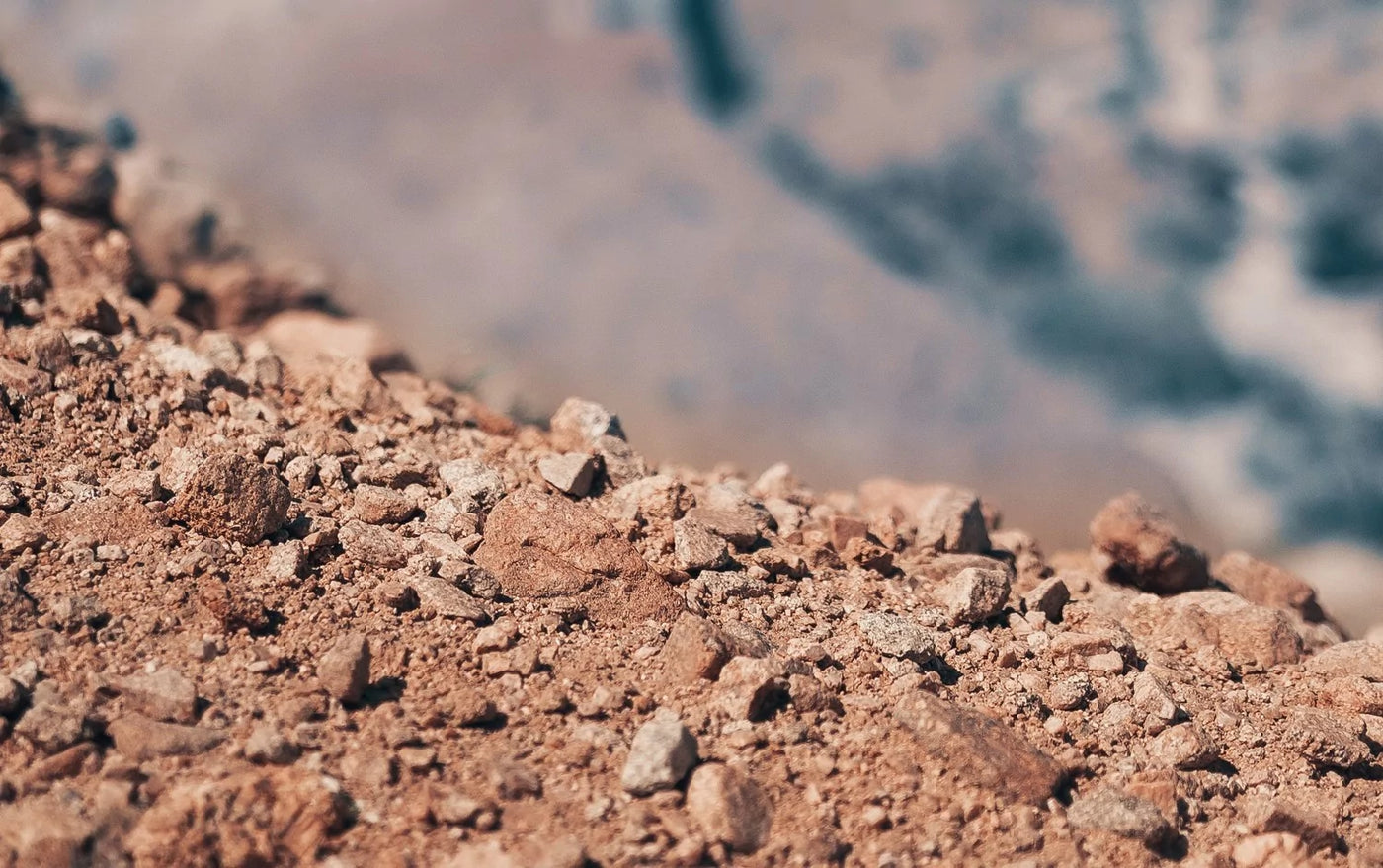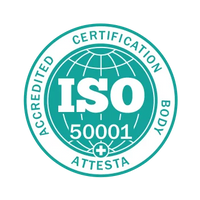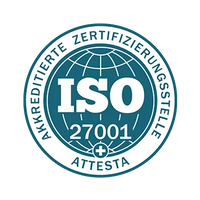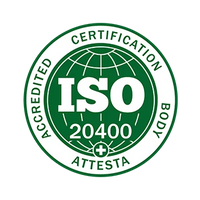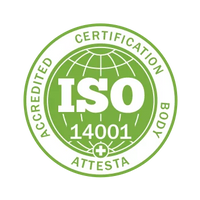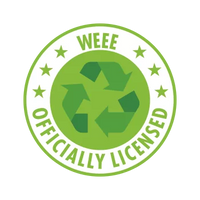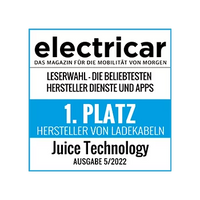This argument is often used in discussions about the electrification of transport, but very few people can explain it. It is tiring for anyone who deals with the topic in more detail. Because conducting an intellectual duel against someone who has armed themselves with the most popular bar-room arguments is tedious - always. Let's just use it to do some educational work.
The chapters at a glance
- Rare earths: Not so rare after all?
- How many rare earths are in the battery?
- And what about the cobalt?
- Conclusion
Rare earths: Not so rare after all?
The rare earth metals include a total of 17 elements of the periodic table, also called “rare earth elements”* (REE for short).
Hardly anyone knows, however, that these are not actually rare. The contradictory name dates back to the time of the discovery of these elements, as they were mostly found in rare minerals.
But how rare is "rare"? The answer is sobering: Even lead or copper (indispensable for today's electronics) are less common in the earth's crust than, for example, the "rare earth element" neodymium.
Children's fairy tales tell us how rare gold is. And yet it is not counted among the "rare earths", even though it is even more difficult to find than the rarest of the rare earth metals: thulium.
*Rare earths include: scandium, yttrium, lanthanum, gadolinium, cerium, terbium, praseodymium, dysprosium, neodymium, holmium, promethium, erbium, samarium, thulium, europium, ytterbium, lutetium.
How many rare earths are in the battery?
Exactly: 0%.
Surprised? An electric car battery uses metals such as aluminum, which is the most common metal in the earth's crust at around 8%. And although lithium and graphite are much rarer than aluminum, they can be found about as often as cobalt, tin and lead.
And what about the cobalt?
When it comes to cobalt, the sometimes precarious conditions in the mines of the main exporter, Congo, are mentioned in the same breath. How big is the problem with this metal?
The fact is that the smallest proportion of the cobalt mined worldwide comes from mines where these conditions may be found.
The majority of Congolese cobalt ( 84% according to the Federal Institute for Geosciences and Natural Resources, as of 2017, p. 17 ) already comes from industrial mines owned by international corporations, where safety violations and child labor can be ruled out.
And the major car manufacturers have also reacted to the criticism and either had their supply chains certified or changed them completely. Since Australia also has large deposits and enjoys a locational advantage due to its short distance to the battery manufacturing factories in China, investments in mining there have been strongly increased.
In addition, various programs have been set up to make the sourcing of cobalt ethically acceptable and we are also working hard on recycling solutions and new technologies in order to completely free ourselves from dependence on the Congo in the future.
Conclusion
Rare earths are no rarer than other raw materials, have a misleading (outdated) name and are not found in the batteries of electric vehicles.
The global players in the automotive industry also want to convince with a new (green) image and have understood that the origin of the raw materials used is an increasingly important purchasing criterion.

